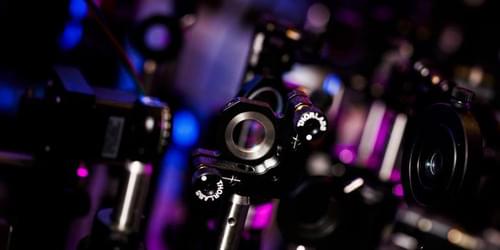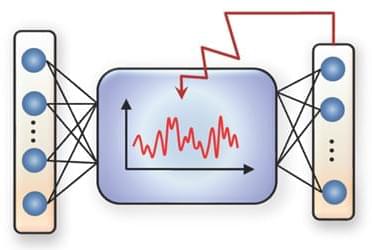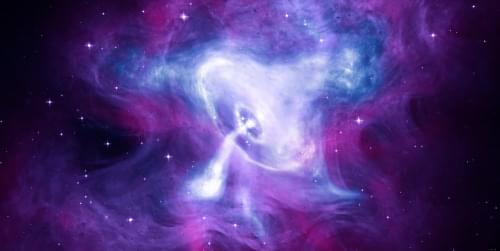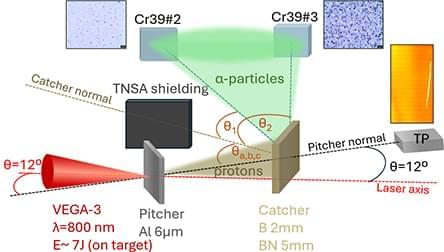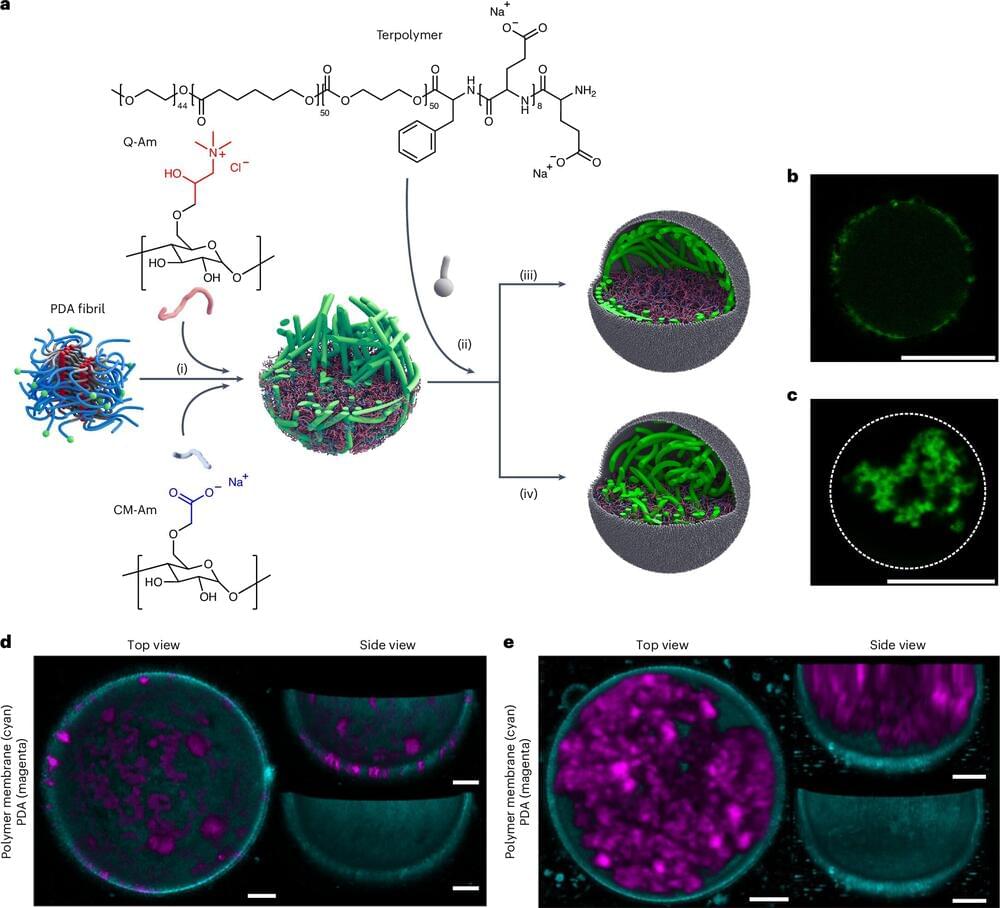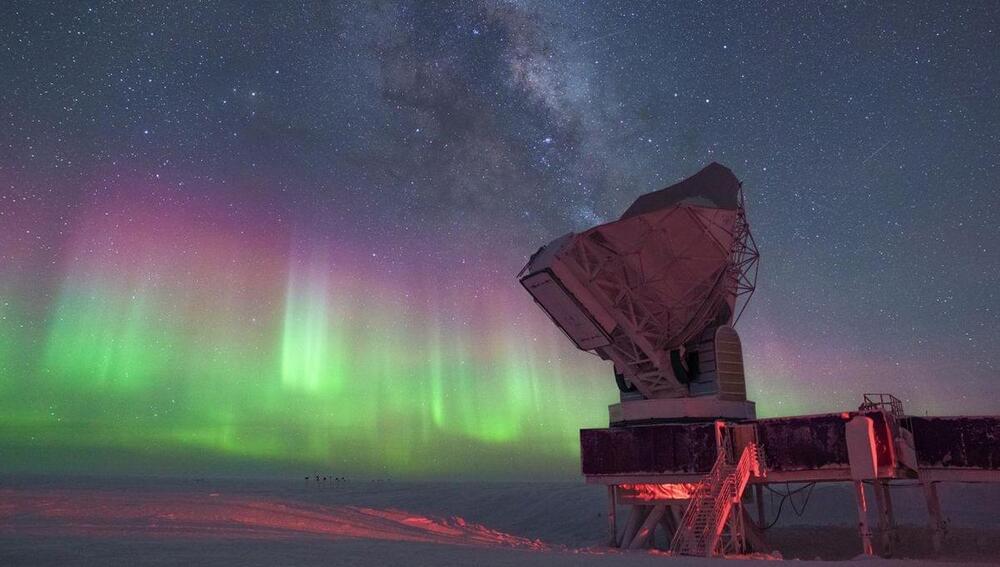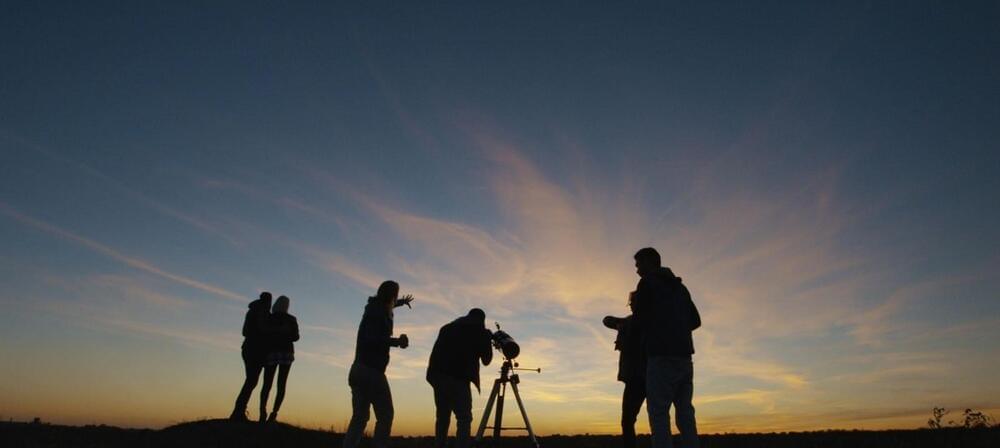
T Coronae Borealis (T CrB) is a binary star system comprising two stars at very different stages of their life cycles: a red giant and a white dwarf. The red giant, an aging star, is expanding as it nears the end of its life, shedding layers of material into space. Meanwhile, the white dwarf, a stellar remnant that has burned through its fuel, is steadily cooling. This system draws the red giant’s expelled material toward the white dwarf’s surface. When enough accumulates, it triggers a thermonuclear explosion, creating a dramatic outburst of energy and light.
Astronomers know about the “Blaze Star” because it’s had sudden outbursts before. They even know there is usually a decade-long uptick in brightness before the explosion, preceded by a noticeable dip in brightness. That 10-year uptick was reported in a paper in 2023, while the American Association of Variable Star Observers announced T CrB’s pre-eruption dip in April 2024.
Something to bear in mind is that this is a rare astronomical event, but only committed stargazers are likely to get much out of it.
